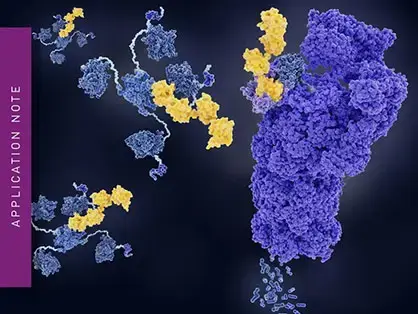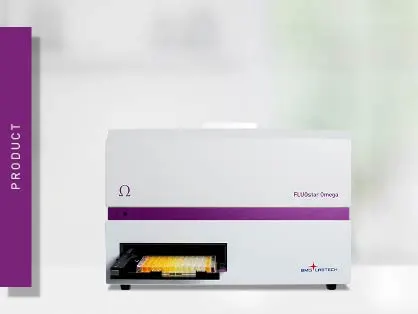Protein science and interaction methods are ubiquitous
Proteins differ greatly in their size, composition, and three-dimensional structure, even though they basically share a common set of only 20 amino acid building blocks linked through a backbone of peptide bonds. This is possible because a single protein can consist of hundreds of individual amino acids and a large number of additional modifications are also carried out, such as phosphorylation, glycosylation, or nitration, which offers almost infinite possibilities for variation. This variety is an essential requirement for proteins to fulfil the wide array of functions needed for sustaining biological life. Depending on their functions, they can be categorised in different subgroups. Enzymes, for example, are proteins which catalyse chemical reactions, while receptors and signal proteins facilitate signal transduction.
Protein assays in biologic and medicinal research range from simple protein quantification to complex interaction studies of protein binding. Microplate reader-based protein quantification methods are widely used to analyse and characterise protein samples. They are often only used to standardise other analysis results to the mass used. For the non-specific protein mass determination assays with absorbance readout, such as Bradford or Lowry assays, are employed to quantify total protein amounts. Immunological ligand binding assays, such as ELISAs, can be used to identify and quantify specific proteins in a sample. Apart from these, advanced antibody-based methods using BRET or TR-FRET readouts offer even higher sensitivity and allow users to work with minimal sample volumes, ideally suited for high-throughput approaches. Such techniques can even be employed to selectively detect specific protein modifications like for example protein phosphorylation.
Next to the quantification of proteins using microplate readers a wide range of assays for measuring enzyme or receptor activity are available which allow further characterisation of a protein sample. Generally, these activities are realised by the interaction of a target protein with another binding partners, like another protein, DNA, or other molecules. Microplate reader-based protein interaction assays enable the study of such events in miniature format. Dedicated features such as reagent injection and ultra-fast signal detection available on BMG LABTECH microplate readers can be used to analyse protein interactions with even greater detail and sensitivity. These possibilities are particularly important for the identification of new drugs and treatment options as dysregulated protein interactions are often involved in disorders and disease.





























